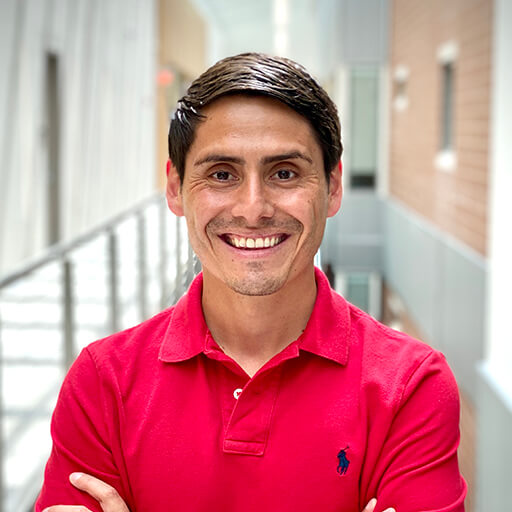Protein Expression of Human Optic Nerve Astrocytes and Lamina Cribrosa Cells Following Exposure to Different Modes of Biomechanical Strain and Hypoxia
About the Research Project
Program
Award Type
Standard
Award Amount
$100,000
Active Dates
April 01, 2008 - March 31, 2010
Grant ID
G2008083
Acknowledgement
Goals
This study will attempt to reproduce the stresses and strains that are likely present in the very earliest stages of glaucoma. The researchers will harvest cells from donated optic nerves and expose them to conditions similar to those found in early glaucoma. They will measure the responses by analyzing the different type of proteins the cells produce when stressed.
Grantee institution at the time of this grant: University of Toronto
Summary
The ‘big picture’ question of this study is, ‘What happens at the very earliest stages of glaucoma that results in a healthy optic nerve becoming glaucomatous?’ We will attempt to reproduce the stresses and strains (both mechanical, i.e. high pressure in the eye, and vascular, i.e. poor blood supply to the optic nerve) that are likely present in the very earliest stages of glaucoma. We will then harvest cells from optic nerves donated for research and expose them to conditions similar to those found in early glaucoma. We will measure the responses by analyzing the different type of proteins the cells produce when stressed. Our research is unique in that it involves collaborations between engineers who understand the biomechanics of pressure induced stress, scientists who can grow cells and measure their reactions to stress, and clinicians who can interpret the results in a way that may ultimately benefit their patients with glaucoma.
Grants
Related Grants
National Glaucoma Research
How the Microenvironment Affects Schlemm’s Canal Cell Behavior
Active Dates
July 01, 2024 - June 30, 2026

Principal Investigator
Samuel Herberg, PhD
National Glaucoma Research
The Impact of Glaucoma on Light-Mediated Mood and Sleep Disorders
Active Dates
July 01, 2024 - June 30, 2026

Principal Investigator
Xiaorong Liu, PhD
National Glaucoma Research
IOP-Related Gene Responses in the Optic Nerve Head and Trabecular Meshwork
Active Dates
July 01, 2024 - June 30, 2026

Principal Investigator
Diana C. Lozano, PhD



